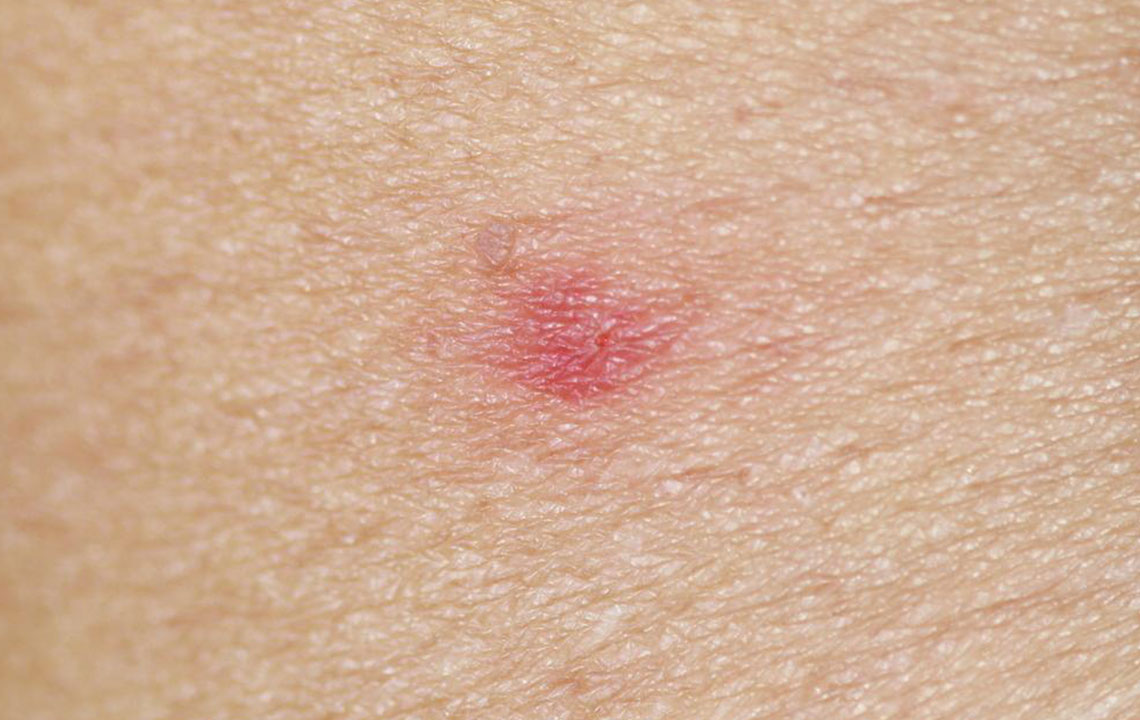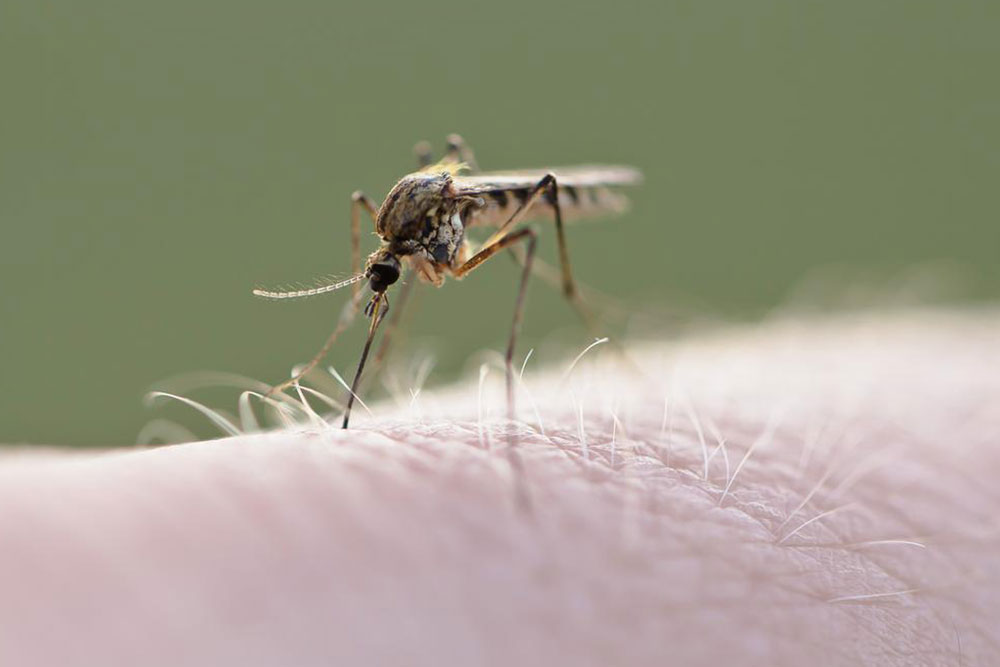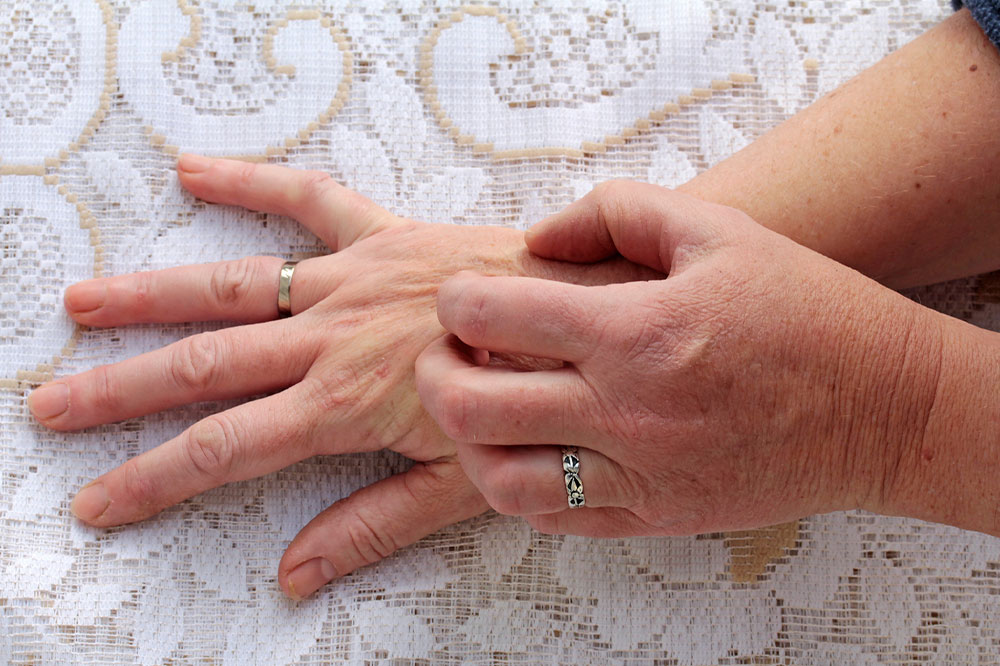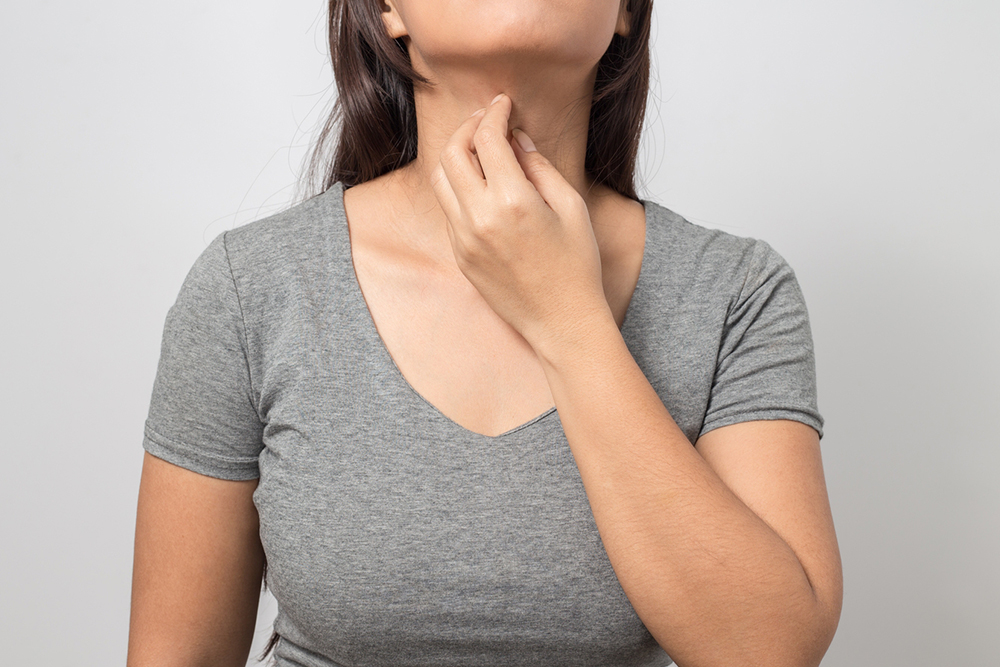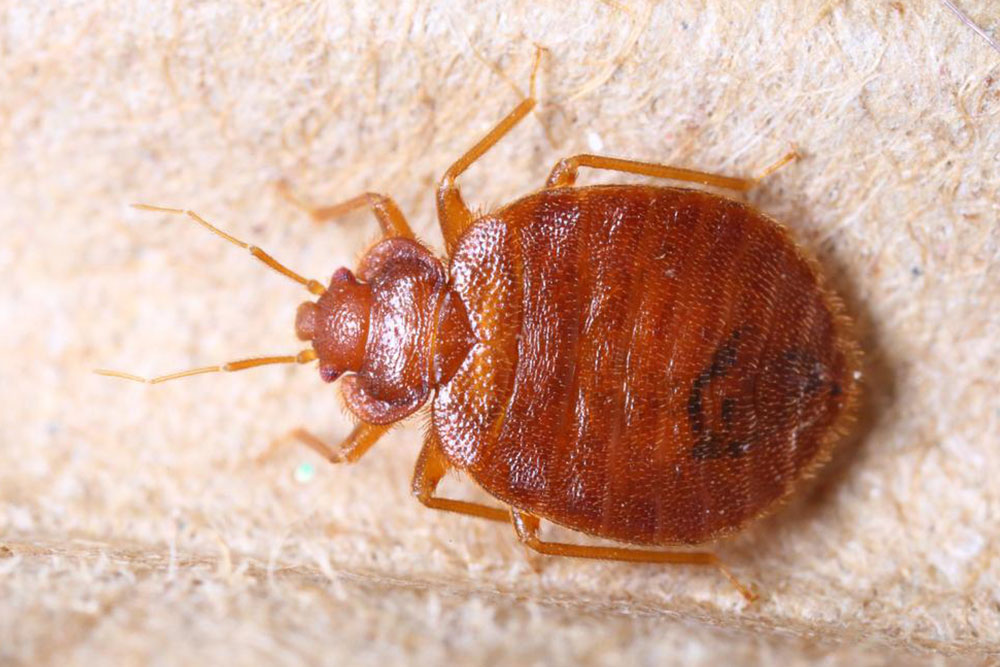Comprehensive Guide to Identifying and Treating Insect Bites Effectively
This comprehensive guide explores how to identify and treat various insect bites effectively. It provides detailed descriptions of symptoms, first aid tips, and preventive strategies for bites from bed bugs, spiders, mosquitoes, fleas, and flies. Recognizing the signs early helps manage discomfort efficiently and prevents complications. Whether at home or outdoors, being informed about insect bites enhances safety and health. The article emphasizes prompt treatment, hygiene, and prevention as keys to avoiding serious health issues from insect bites.
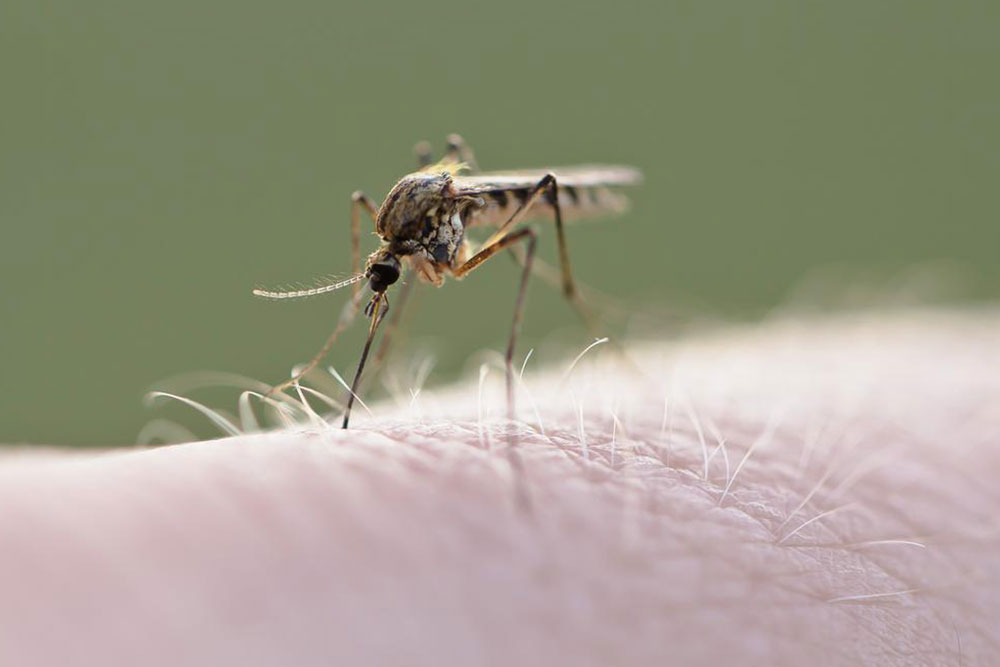
Comprehensive Guide to Identifying and Treating Insect Bites Effectively
Insect bites and stings are common incidents that can occur unexpectedly when insects such as spiders, bees, wasps, mosquitoes, bed bugs, fleas, ants, and other pests feel threatened or disturbed. These bites may be minor inconveniences or could lead to more serious health issues if not properly treated. Recognizing the type of insect responsible for the bite is the critical first step in delivering effective treatment and preventing complications. Early intervention, based on accurate identification of symptoms, can drastically reduce discomfort and lower the risk of infection or allergic reaction.
In this comprehensive guide, we will explore how to identify various insect bites by their symptoms, how to administer appropriate first aid, and when to seek professional medical assistance. Being well-informed enables you to manage bites efficiently and protect your health during outdoor activities, travel, or even from pests in your home.
Accurate identification of insect bites is essential to effective treatment. To help you distinguish between different bites, here are some typical symptoms and characteristics of common pest bites, along with advice on managing them:
Bed bug bites: Bed bug bites often appear as small, red, swollen areas on the skin, usually in clusters or lines. These bites are intensely itchy and may be accompanied by dark spots or secretions from the bugs. They frequently occur on exposed skin areas such as the arms, legs, and face, especially after overnight exposure. Confirming bed bug presence through inspection of bedding, furniture seams, and mattress creases helps establish the diagnosis. Prompt cleaning and treatment are necessary to eliminate the pests and alleviate symptoms.
Spider bites: Bites from spiders, especially recluses or black widows, can cause more noticeable skin reactions. Typical symptoms include one or two puncture wounds, blistering, redness, and swelling. In some cases, bites can lead to ulcerations or skin necrosis. Systemic symptoms such as muscle pain, cramping, sweating, headache, and chills may occur if the bite injects venom. Recognizing these signs early allows for proper wound care and the administration of antivenom if necessary.
Mosquito bites: Mosquito bites are characterized by an itching, raised, round bump that is red and swollen. Multiple bites can be clustered, especially around exposed skin during outdoor activities. These bites are usually harmless but can transmit diseases such as dengue, Zika, or malaria in some regions. Applying anti-itch creams, cold compresses, and antihistamines can help reduce discomfort. Preventive measures like using mosquito nets and repellents are vital.
Flea bites: Flea bites typically appear on the lower legs and ankles, with small, red, itchy bumps that may have a reddish halo around them. Symptoms appear quickly after exposure and are often itchy, leading to scratching and secondary infections. Treating flea infestations in pets and the environment is critical to prevent recurring bites. Topical antihistamines and soothing lotions help diminish symptoms.
Fly bites: Bites from flies such as sand flies, tsetse flies, and deer flies lead to red bumps and sometimes blisters. These bites can be painful and have a higher risk of infection because these flies feed on blood. Protective clothing, insect repellents, and avoiding breeding areas are effective preventive strategies. Post-bite care involves cleaning the wound, applying antiseptics, and monitoring for signs of infection.
In summary, understanding the distinctive features of these common insect bites allows you to respond quickly and appropriately. Proper hygiene, protective measures, and timely medical attention are crucial in managing insect bites and preventing complications. If bites exhibit signs of severe allergic reaction, infection, or systemic symptoms, seek professional healthcare immediately to ensure appropriate treatment and recovery.
By staying vigilant and informed about insect bites, you can significantly reduce health risks associated with these encounters and maintain better personal safety both indoors and outdoors. Remember, prompt first aid combined with preventive measures can keep insect bites from becoming serious health issues.
